来源:小编 更新:2024-11-10 04:15:29
用手机看
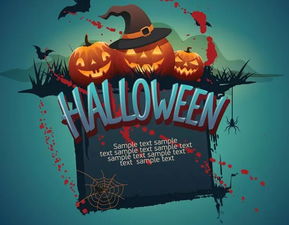
Halloween, also known as All Hallows' Eve, is a traditional Western festival celebrated on October 31st. Its origins are steeped in ancient customs and beliefs, with various interpretations and legends surrounding its history. This article delves into the origins of Halloween, exploring its roots and the evolution of its customs over time.
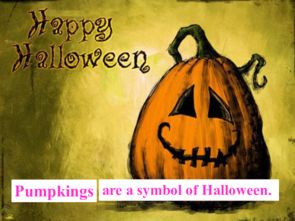
The origins of Halloween can be traced back to the ancient Celtic festival of Samhain, which marked the end of the harvest season and the beginning of winter. The Celts, who lived in what is now Ireland, Scotland, and Wales, believed that on this day, the boundary between the worlds of the living and the dead became blurred. They would light bonfires and wear costumes to ward off evil spirits and honor their ancestors. This festival was a time of reflection and preparation for the harsh winter ahead.
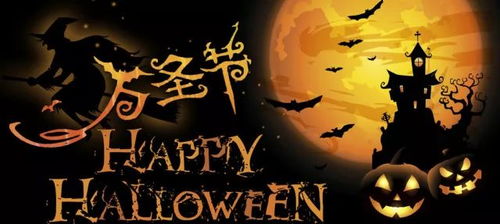
The Druids, the ancient Celtic priests, played a significant role in the celebration of Samhain. They were believed to have the power to communicate with the spirits of the dead and to control the natural world. The Druids would perform rituals and sacrifices to ensure a successful harvest and to protect their communities from evil forces. The festival was also a time for divination and forecasting the future.
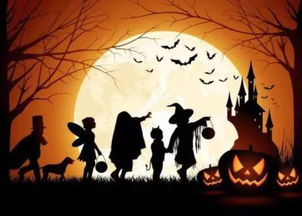
With the spread of Christianity in the early Middle Ages, the celebration of Samhain was gradually incorporated into the Christian liturgical calendar. The Church attempted to Christianize the festival by renaming it All Hallows' Eve, which is the day before All Saints' Day (All Hallows' Day). The purpose was to replace the pagan festival with a Christian observance, but the old traditions remained deeply rooted in the popular culture.
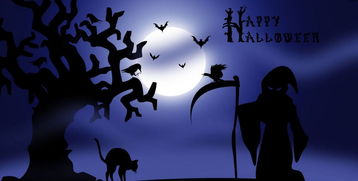
Over time, the customs associated with Halloween have evolved. One of the most enduring traditions is the wearing of costumes. It is believed that wearing costumes, particularly masks, helped to disguise oneself from evil spirits. Another popular custom is the carving of jack-o'-lanterns, which originated from the Irish custom of carving turnips into lanterns to ward off evil spirits. The tradition was brought to America, where pumpkins became the preferred choice due to their abundance.

The practice of trick-or-treating, where children go door-to-door in costumes asking for treats, has its roots in medieval Europe. It was believed that the souls of the dead would return to their homes on All Hallows' Eve. To appease these spirits, people would leave out food and wine. Over time, this custom evolved into children going from house to house in costumes, asking for treats in exchange for performing tricks or, as a threat, causing mischief.
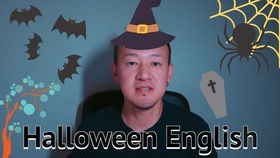
Today, Halloween is a widely celebrated holiday in many parts of the world, particularly in North America, the United Kingdom, Canada, and Ireland. It is a time for costumes, parties, and spooky decorations. People decorate their homes and yards with pumpkins, ghosts, and other spooky motifs. It has become a commercial holiday, with a significant focus on candy, costumes, and party supplies.
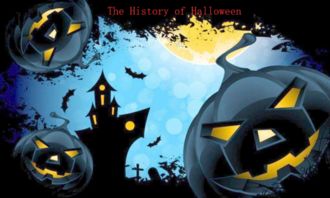
Halloween is a fascinating celebration with a rich history that spans thousands of years. Its origins in ancient Celtic customs and the subsequent influence of Christianity have shaped the holiday into what it is today. From the wearing of costumes to trick-or-treating, Halloween continues to be a time of fun, fright, and reflection on the mysteries of life and death.